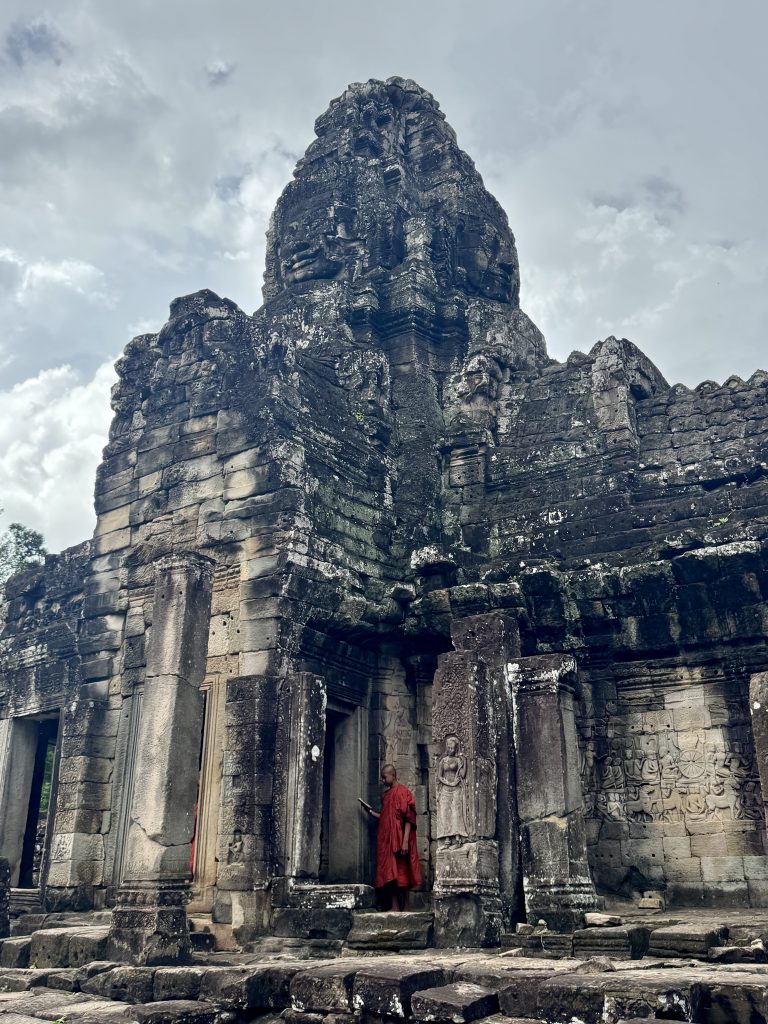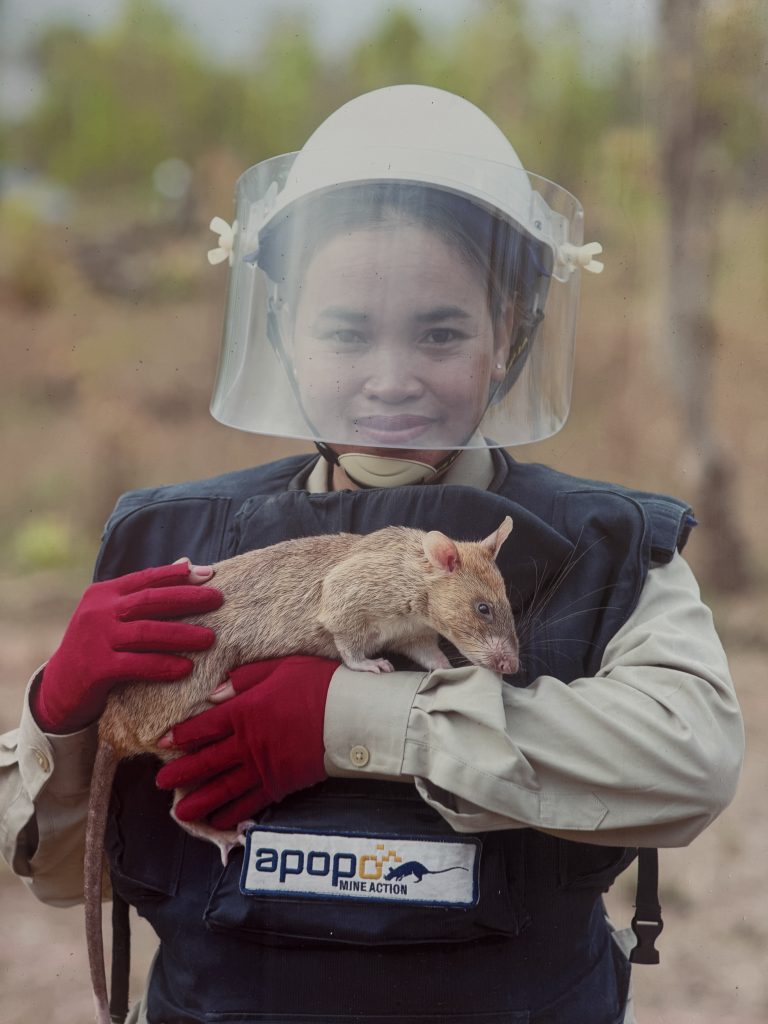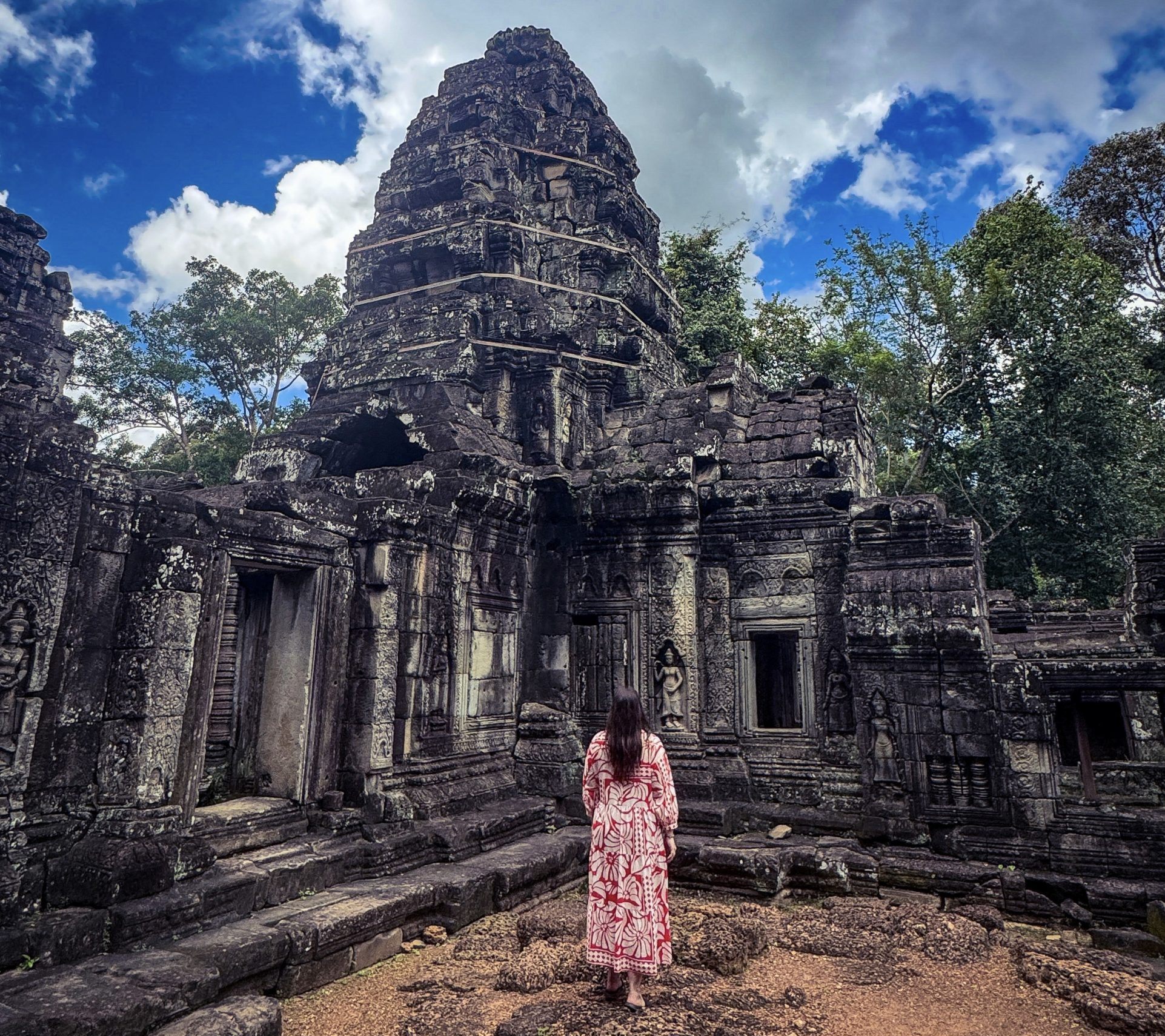Nestled in the heart of northwestern Cambodia, Siem Reap is a captivating blend of ancient history, vibrant culture, and modern comfort. Best known as the gateway to the Angkor Archaeological Park, Siem Reap has evolved into one of Southeast Asia’s most beloved travel destinations — where centuries-old temples meet buzzing markets and laid-back vibes.
Discovering the Magic of Angkor
No visit to Siem Reap is complete without exploring Angkor Wat, one of the largest religious monuments in the world and Cambodia’s national symbol. As the sun rises behind its lotus-shaped towers, the sandstone carvings come to life in a golden glow — a sight that leaves even seasoned travelers speechless. A fun fact: Angkor Wat is actually a temple itself, but people often refer to the whole park as Angkor Wat.
Beyond Angkor Wat lies a treasure trove of temples:
- Bayon Temple, famous for its serene stone faces.
- Ta Prohm, where massive tree roots intertwine with temple ruins — a scene straight from Tomb Raider.
- Banteay Srei, a pink sandstone masterpiece renowned for its intricate carvings.
Pro tip: Purchase a three-day Angkor Pass to explore the temples at your own pace and catch both sunrise and sunset views. Most day tours visit 5 temples, but you can also hire your own tuk tuk driver or guide. The temples are mostly located far from each other, so I wouldn't recommend walking, because it can get very hot and humid.

Beyond the Temples: The Soul of Siem Reap
While Angkor steals the spotlight, Siem Reap itself is full of charm. Wander through the Old Market (Psar Chas) for spices, handicrafts, and local snacks, or stroll along the Siem Reap River, where colonial-era buildings have been transformed into boutique hotels and stylish cafés. There are also countless local restaurants in the city where you can eat amazing, freshly cooked meals for 1-5 USD. If you spend more than 10 USD on a meal including drinks, then its probably either a tourist trap or a really fancy restaurant.
By night, the city comes alive:
- Pub Street pulses with energy — bars, street performers, and live music around every corner.
- Night Markets offer everything from silk scarves to handmade jewelry. The goods are not always as authentic as they seem, so if you want to make sure what you are buying is handmade in Cambodia, then you can visit Artisans of Angkor. It's a place where you can also watch the artists make the unique products.
- For a taste of culture, catch a performance by the Phare Cambodian Circus, a high-energy blend of acrobatics and storytelling that supports local artists.
Flavors of Cambodia
Cambodian cuisine is a hidden gem. Don’t miss:
- Fish Amok – a creamy coconut curry steamed in banana leaves.
- Lok Lak – stir-fried beef served with tangy lime-pepper sauce.
- Fresh tropical fruits and coconut ice cream for a sweet finish.
- If you are brave enough, then at some restaurants you can also try snakes, crocodiles and other specialties.
Cooking classes are popular as well — a great way to take home more than souvenirs.
Adventures and Relaxation
Looking for something unique and interesting to do? Visit the HeroRats at APOPO Visitor Center! Landmines that were left over from the wars are a huge problem in the Cambodian countryside, countless farmers get seriously hurt when accidentally stepping on the mines. So Cambodia uses trained rats to find the explosives and save lives. The tour is about an hour long and you can learn a lot of interesting facts, and also witness how these small, adorable creatures work. Believe me, you will never look at rats the same in the most positive way!
If you are looking for relaxation Siem Reap’s luxury resorts and spas offer tranquil escapes. For the adventurous, take a countryside bike tour, visit the floating villages on Tonlé Sap Lake, or explore Kulen Mountain, a sacred site with waterfalls and reclining Buddha statues.

Travel Tips
- Best time to visit: November to February (cool and dry season). I visited in October, it was nice, it only rained once, but it was also very warm and humid.
- Currency: Cambodian Riel (KHR), but US dollars are widely accepted. I had US dollars and anytime I paid for something I got the exchange in riels.
- Getting around: Tuk-tuks are cheap and everywhere - agree on the fare beforehand or you can also use Grab for rides, it's easy and convenient.
- Responsible travel: Respect local customs and dress modestly when visiting temples, cover your knees and arms.
- Getting from the airport to the city: The airport is located about an hour away from the city center, so even though some travelers hire a tuk tuk for the drive, I wouldn't recommend it. It might be a bit cheaper, but it can get windy, uncomfortable and almost double the duration of the journey. Most hotels will have the option to book a pick up through them, that's what I did as it was the same cost as Grab.
- Where to stay in Siem Reap: I can highly recommend The Urban. It's a hotel with amazing service, a beautiful pool and comfortable rooms at an unbeatable price. The staff was incredibly kind and I got a free upgrade to a bigger room.


Final Thoughts
Siem Reap is far more than a base for temple-hopping — it’s a destination that invites reflection, adventure, and connection. Whether you’re wandering ancient ruins, savoring Khmer cuisine, or watching life unfold along the river, you’ll discover that the spirit of Angkor still lives in every corner of this remarkable town.


